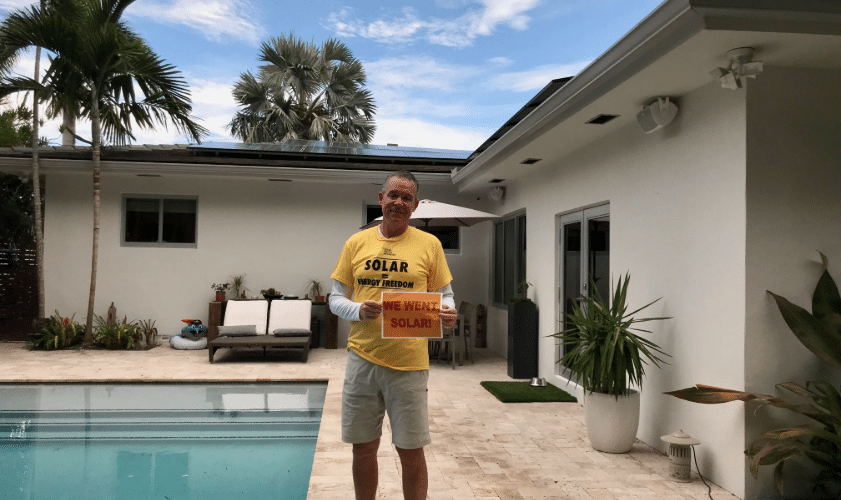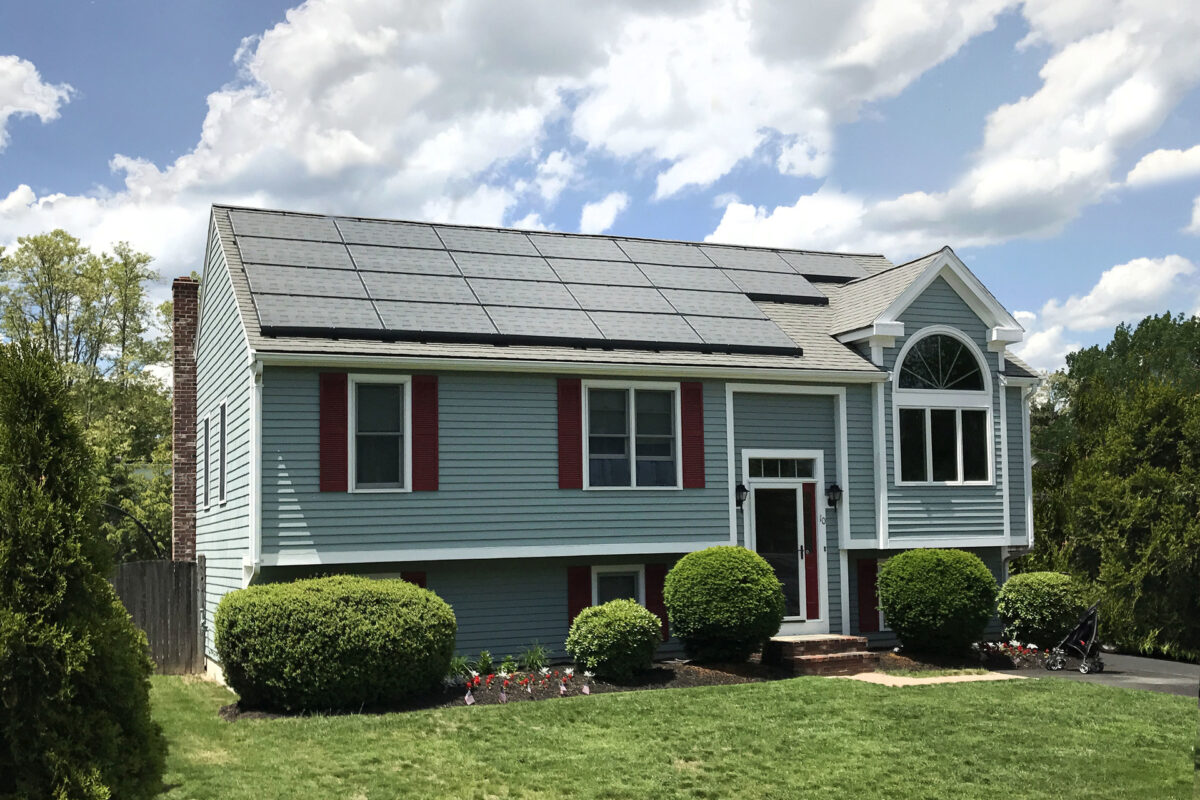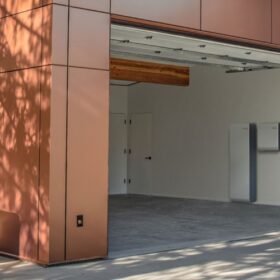Over the past decade pv magazine staff have seen a number of different business ideas in residential solar. We’ve seen solar leases and power purchase agreements dominate over the market, only to fade (but never go away entirely) as loans got more sophisticated. And of late, we’ve seen a move to selling solar through the internet as a way to eliminate those pesky costs of paying humans to actually sell rooftop solar.
One of the oldest ideas about how to cut costs is advancing, not through a business, but through a non-profit. Solar United Neighbors (SUN) is reporting that it has added 13 “solar co-ops” in ten states over the last six months, which are allowing participating homeowners and small business owners to essentially buy rooftop solar in bulk, 30 roofs at a time.
These new cooperatives span the nation, from Arizona to Maryland, with four in a state that is experiencing a minor boom: Florida. Beaches Business Solar Co-op, Miami Digital Solar Co-op, Orlando Solar Co-op and Pasco County Solar Co-op.
These co-ops work by gathering neighbors together through informative sessions run by SUN, and getting them to sign up more neighbors, often through word of mouth. When the co-op reaches 30 members, these decide on an installer, with installers required to submit RFPs through SUN. Recent installers chosen by co-ops in Arizona, Denver and Pennsylvania including Icon Power, Sunfinity Renewable Energy and EIS Solar.
Reducing sales costs
As for how much homeowners save through this system, this is not entirely clear. The organization has stopped giving estimates of per-customer savings, noting that savings vary depending on location.
SUN provides a figure of $630,000 in private investment per co-op, which translates to $3 per watt. This is below the average costs reported by the larger third-party solar companies but around the average of bids on EnergySage’s online solar marketplace.
If cost reductions through the two forms of sales are similar, this may not be an accident. Both still involve a sales process, but in one case much of this is automated, and in the other 30 systems are being sold at once.
And there are likely to be larger effects. SUN estimates that the 30 households that go solar install an average of 7 kW each, for a total of 210 kW of new distributed solar, meaning that these 13 co-ops together should result in the installation of something around the order of 3 MW of solar.
This is a small portion of the overall residential solar market in the United States, but it is enough to “seed” these communities, as studies have shown that homeowners are much more likely to install solar if they see it on their neighbor’s property.
This effect can be even more pronounced depending who your neighbors are; one of the past solar co-op members at Miami Digital is John Morales, NBC 6’s chief meteorologist.
This content is protected by copyright and may not be reused. If you want to cooperate with us and would like to reuse some of our content, please contact: editors@pv-magazine.com.









I am signed up for the first round of solar in the Denver SUN co-op. Last I heard there were 50 people. The initial information that I was given on a generic system for our buy is FAR below the $3/W posted in the article. I have given the installer my info and just waiting to hear back. I have also posted it on our local NextDoor group to get other people to sign up.
We just started a cross-border SUN co-op in the eastern panhandle of West Virginia and western Maryland. The cost per watt in WV has been closer to $2.64/watt. You can find the SUN co-ops in many states and it’s a great program for those who are not only looking for a discount by participating in a group, but also guidance and assistance through the bidding and award process – homeowners always make the final decision though!
I think you’ll find the price differential is entirely dependant on the installer’s willingness to change their customer acquisition structure. Those paying $2.60/W have an installer that’s moved forward, the others have an installer whose operation is still run by the sales wing and get hit for that extra $.40/W. The key lever isn’t “buying in bulk”, it’s up front refusal to pay sales cost.